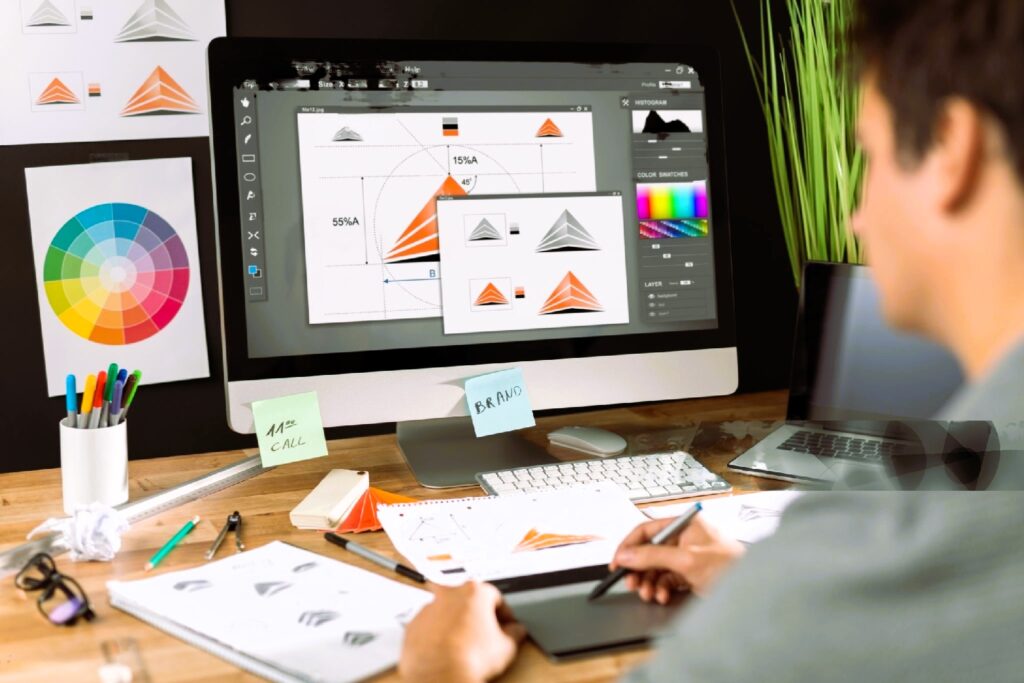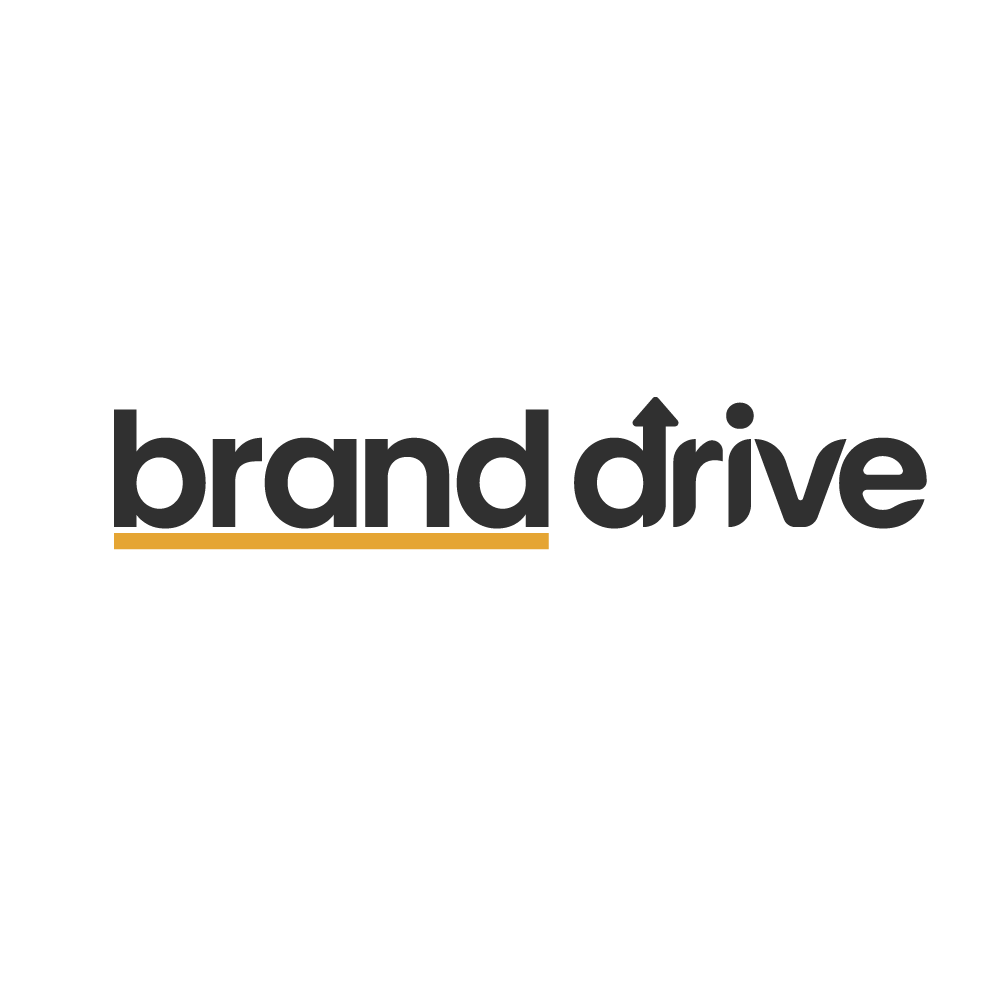
🧐 “What’s the very first thought that pops into your mind the moment you lay eyes on this logo?
“Curious to know the immediate thoughts that strike your mind when you encounter this logo? 🤔
Drop your insights in the comments 🫡
👉🏼Logos: The Silent Communicators
Did you know that 94% of consumers associate a brand’s credibility with its logo design?
Logos serve as powerful visual reminders that convey a company’s values, professionalism, and trustworthiness.
From Apple’s iconic bitten apple to Nike’s swoosh, logos have the ability to create an instant connection with consumers. So, it’s crucial for businesses to invest in a well-crafted logo that truly represents their brand identity and resonates with their target audience.
• The Psychology Behind Memorable Logos
Research shows that our brains process visual information 60,000 times faster than text. That’s why logos play a vital role in brand recognition and recall.
In fact, 80% of consumers are more likely to remember a brand through its logo than its name.
Effective logos utilize colour psychology, strategic typography, and clever design elements to evoke emotions and create memorable experiences.
• Logos: The Powerhouse of Brand Identity
Did you know that logos play a crucial role in shaping a brand’s identity?
They are more than just a visual representation; logos communicate a brand’s values, personality, and mission.
Research shows that a well-designed logo can increase brand recognition by up to 80%. So next time you see a logo, take a moment to appreciate the strategic thinking and creativity behind it!
• Logos Speak Volumes about Your Brand
When it comes to brand identity, logos are the unsung heroes. They are the first point of contact between your brand and potential customers.
Did you know that 75% of consumers make judgments about a brand’s credibility based on its logo design?
Logos can evoke emotions, build trust, and create a lasting impression. Logos are indeed the visual ambassadors of any brand, communicating volumes about its identity, values, and aspirations
So, invest in a well-crafted logo that accurately represents your brand’s values, and watch it become a powerful tool in driving your business forward.
👉🏼The Power of Visual Identity 🤓
• Crafting a Distinct Visual Identity for Business Success ✨
In a crowded marketplace, standing out is key to capturing consumers’ attention and establishing a strong brand identity.
Research shows that consistent visual branding across all platforms can enhance revenue by up to 23%. Through strategic choices of colors, fonts, imagery, and graphic elements, businesses can effectively convey their unique value proposition and connect with their target audience on a deeper level.
Join us on this visual journey to discover the secrets behind successful visual identities! 🎨
• The Impact of visual elements on memory and recognition
Fascinating findings reveal the impact of visual elements on memory and recognition. Studies indicate that people can remember up to 80% of what they see, compared to just 20% of what they read or hear.
This significant disparity showcases the power of visual stimuli in enhancing our ability to retain information. So whether you’re studying for an exam or delivering a presentation, leverage the influence of visuals to maximize your audience’s comprehension and recollection.
• Power of Logos 🌟
Unlocking the potential of a brand’s visual identity lies in the art of logo design. Logos are more than just symbols; they encapsulate a company’s mission, values, and unique attributes. Studies show that 75% of consumers judge a business’s credibility based on its logo design. Moreover, a consistent logo across different platforms can increase brand recognition
Logos wield an immense power in creating visual identities for brands. They are more than just symbols; they encapsulate the essence, values, and unique personality of a brand, acting as a powerful tool in recognition and recall.
By incorporating distinct colors, shapes, and typography, logos communicate a brand’s essence, values, and personality. They serve as a visual shorthand, making a lasting impression on consumers, and influencing their purchasing decisions. Remember, a compelling logo is not just a graphic, but an integral part of your brand’s story.
• The Logo’s Role in Branding
When it comes to branding, logos serve as the face of a brand.
They act as a visual representation that helps consumers identify and differentiate one brand from another. Research suggests that a well-designed logo can increase brand recognition by up to 80%. Additionally, logos have the ability to evoke emotions and create a lasting impression on consumers. In fact, a study by Stanford University revealed.
Branding is a strategic process that encompasses creating a unique identity for a company or product. Logos play a crucial role in branding as they visually represent the brand’s values, mission, and overall image.
According to a study conducted by Nielsen, 59% of consumers prefer to buy products from brands they recognize, and a well-designed logo helps in building that recognition. So, whether it’s Nike’s iconic swoosh or McDonald’s golden arches, logos serve as powerful tools to establish brand recognition and foster consumer trust.
• Crafting Memorable Logos: The Art of Branding 🎯🎨
Logos are not just a random image or text; they are carefully designed to reflect a brand’s personality and values. 🌟 For instance, vibrant colors like red can evoke excitement and energy, while blue often symbolizes trust and reliability. Did you know that 95% of consumers believe.
🎨✨ They serve as a visual representation of a company’s identity and can evoke emotions and associations in consumers’ minds. Research has shown that a well-crafted logo can increase brand recognition by up to 80%! So next time you see a logo, take a closer look and see if you can decipher the hidden messages behind it. 🤔💡
👉🏼Creating a Memorable Logo
The art of creating a memorable logo lies in its ability to establish a strong brand identity. A well-crafted logo not only captures the essence of a company but also serves as a visual representation that resonates with its target audience. Research shows that 94% of consumers recognize logos, making them an essential tool for brand recognition. By incorporating unique design elements and strategic color choices, businesses can leave a lasting impression on their customers and stand out in a crowded market.
• Key principles of effective logo design
Simplicity
A simple logo is memorable, recognizable, and easily understood. It’s not cluttered with excessive elements.
Simplicity ensures that the logo is easily identifiable and can be reproduced across various mediums without losing its essence.
Versatility
A versatile logo is scalable and works well across different platforms, sizes, and formats.
It ensures the logo retains its integrity whether it’s on a business card, website, billboard, or any other medium.
Relevance
A logo should be relevant to the brand’s identity, industry, and target audience.
The relevance of the logo creates a connection with the audience and conveys the brand’s message effectively.
Memorability
A memorable logo makes a lasting impression on viewers, making it easier for them to recall the brand.
A memorable logo helps in brand recognition and can be a strong marketing tool over time.
Timelessness
A timeless logo design remains effective and relevant even as trends change over time.
A logo that stands the test of time doesn’t require frequent updates, saving costs and maintaining brand consistency.
Adaptability
An adaptable logo retains its impact across different color schemes, backgrounds, and applications.
It ensures the logo remains effective regardless of where it is used or how it is presented.
Distinctiveness
A distinctive logo sets a brand apart from competitors and makes it easily recognizable within its industry.
Distinctiveness helps in building brand identity and fosters customer loyalty and trust.
Scalability
A scalable logo design maintains its visual appeal and clarity when resized to various dimensions.
Scalability ensures the logo remains visually appealing and recognizable regardless of its size.
👉🏼Types of Logo
Understanding the Logos play a crucial role in brand identity and recognition.
They can be categorized into three main types: iconic, illustrative, and typographic logos. Iconic logos, like Apple’s bitten apple, rely on simple and memorable symbols that represent the brand essence.
Illustrative logos, such as Starbucks’ mermaid, use intricate illustrations to convey the brand’s story or values.
Typographic logos, like Coca-Cola’s iconic script, focus on unique typography to create a distinct visual identity. Each logo type has its own strengths and suits different industries or brand personalities. By choosing the right logo type, businesses can effectively communicate their brand message and leave a lasting impression on their target audience. Let’s understand many more as follows in detail
Wordmark/Logotype
Utilizes the brand’s name as the logo, emphasizing typography and font style.


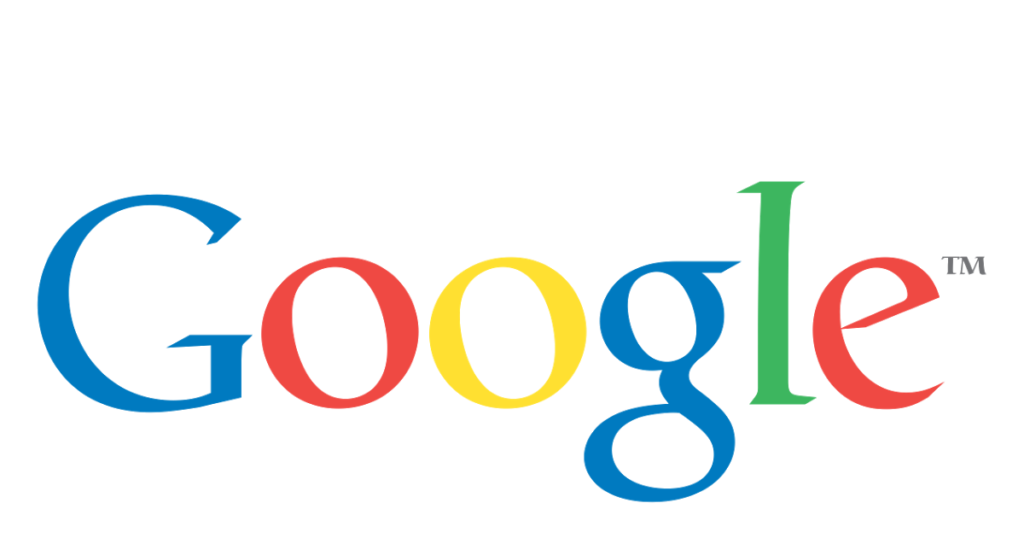
Lettermark/Initials
Uses initials or abbreviations of the brand name to create a logo.


Brandmark/Iconic Logo
Relies on a distinct and recognizable symbol or icon to represent the brand.

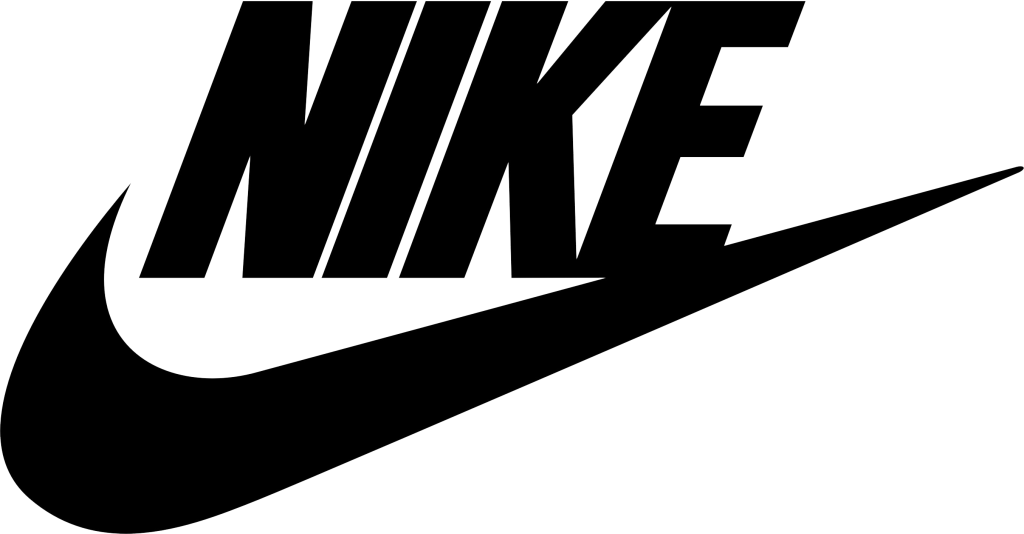
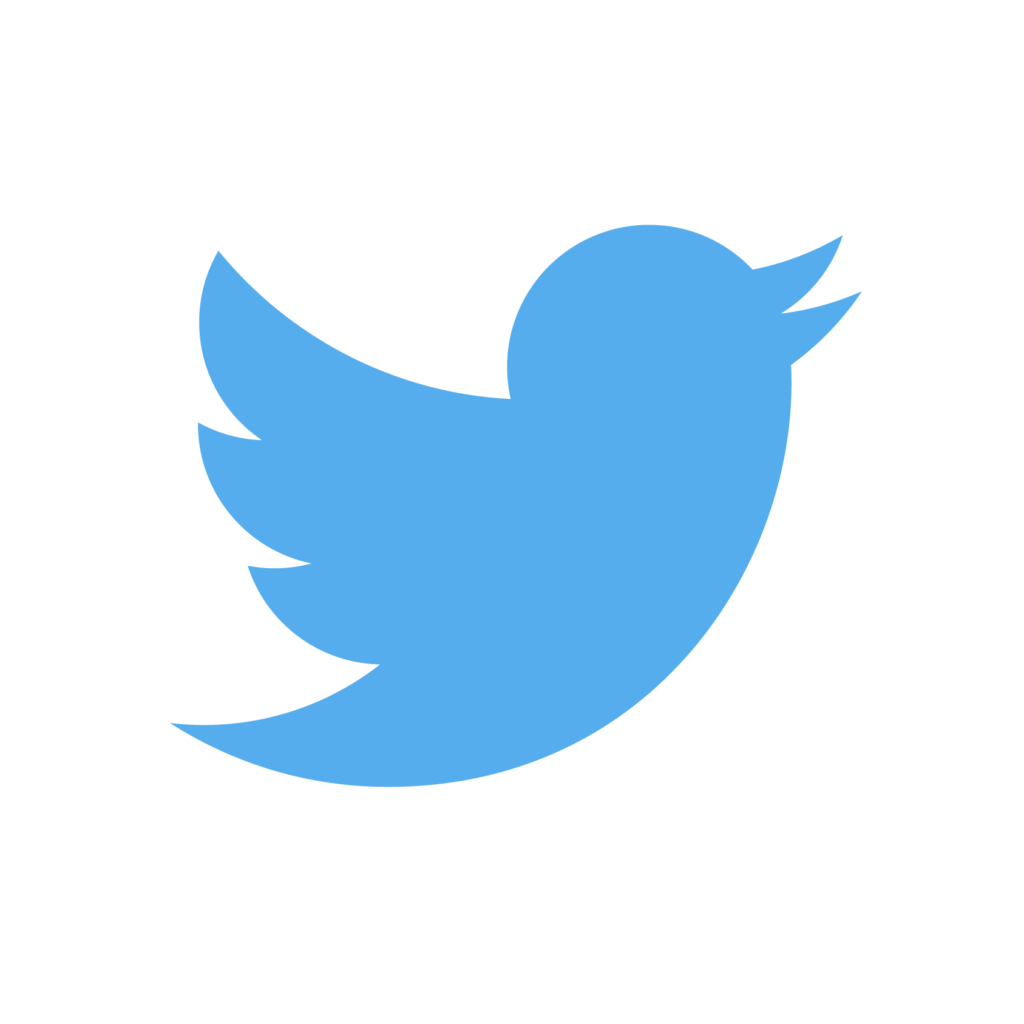
Combination Mark
Integrates both wordmark and brandmark, usually combining text with an accompanying symbol or icon.

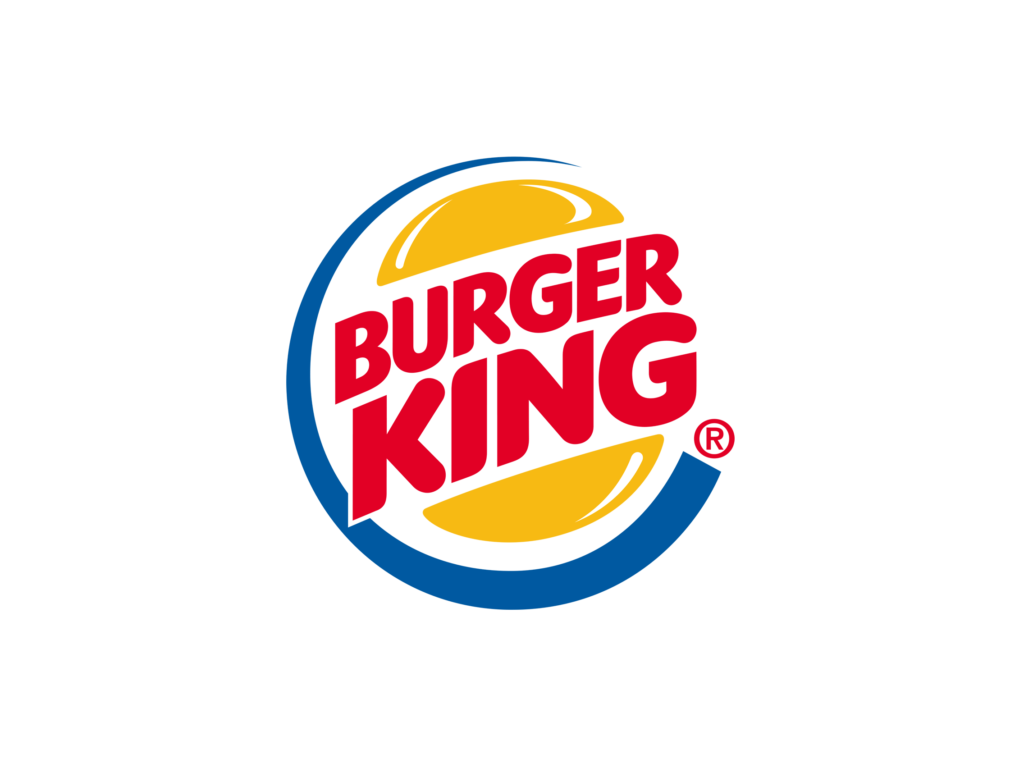

Emblem Logo
Merges text with an enclosed symbol or icon, often seen as a badge or seal.

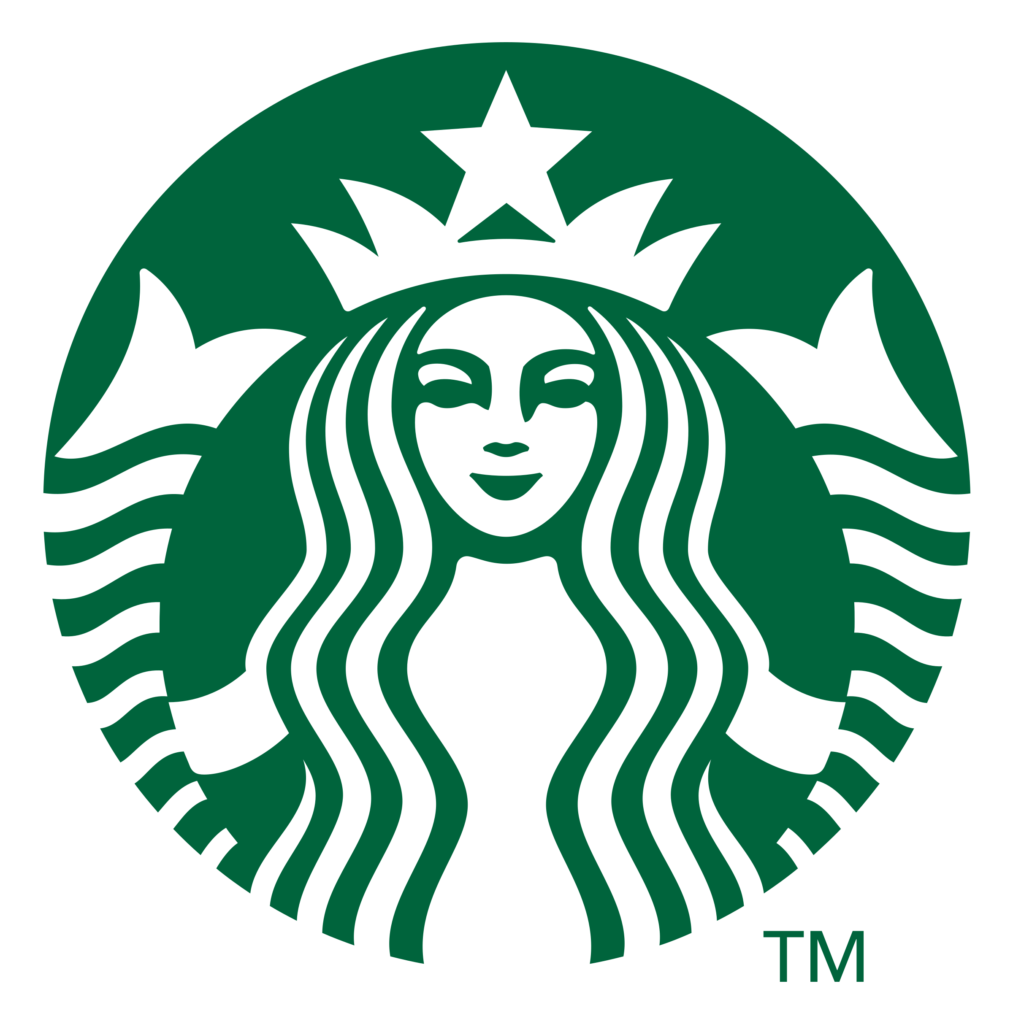

Abstract Logo
Uses abstract shapes or forms to represent the brand in a unique way.
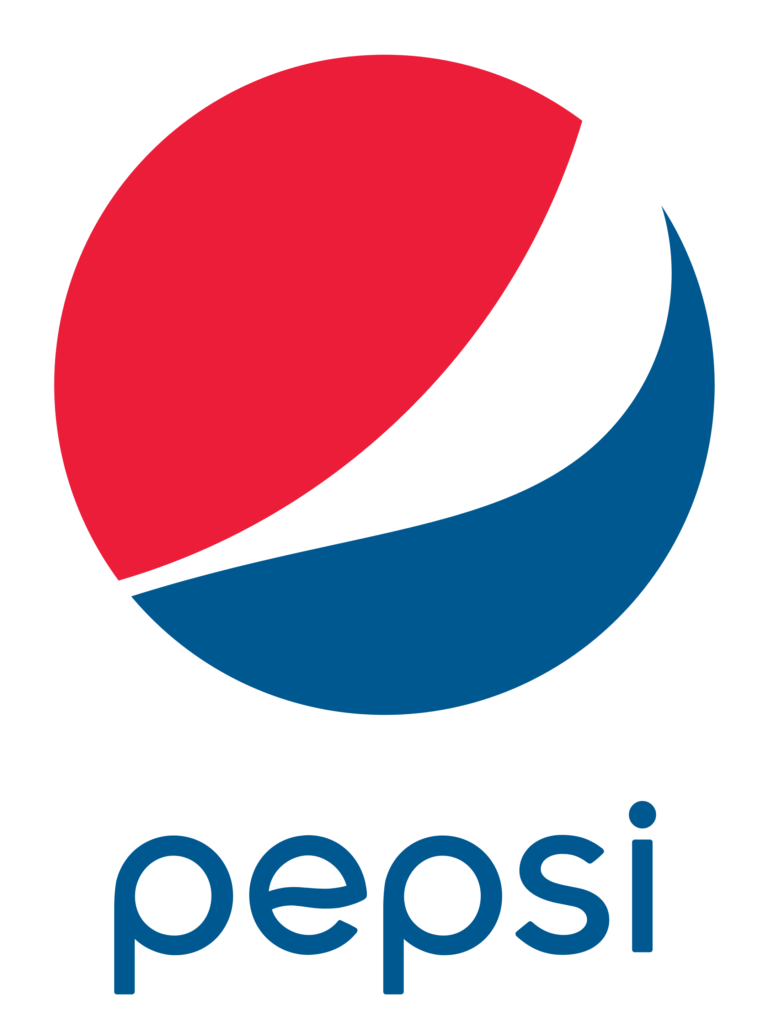


Mascot Logo
Incorporates an illustrated character or figure to represent the brand.

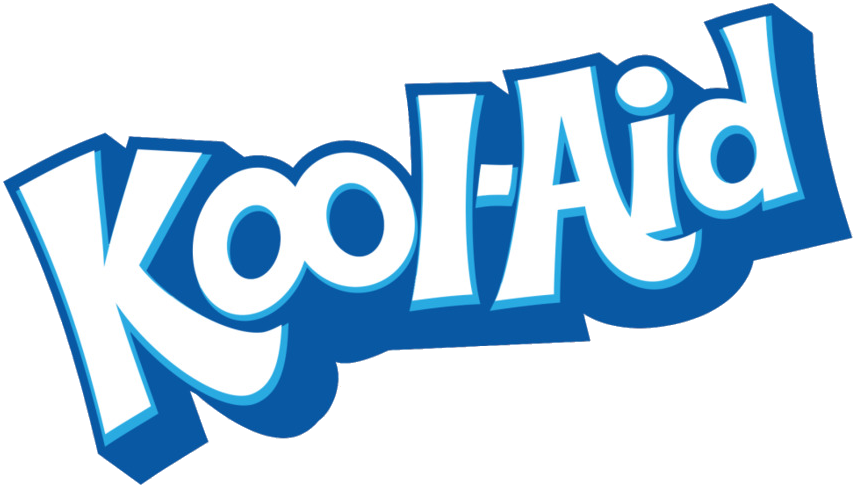

Responsive/Adaptive Logo
A versatile logo that adjusts well to various screen sizes and formats, ensuring consistent brand representation across platforms.

👉🏼The Psychological Impact
📚 Dive into the Fascinating World of Logos 🖌️🎨
Ever wondered why certain logos instantly grab your attention while others fade into the background? The psychology behind logos is truly intriguing! Studies suggest that color choice in logos can evoke specific emotions. For instance, red is associated with excitement and passion, while blue signifies trust and reliability. Additionally, research indicates that simplicity in logo design can leave a lasting impression on consumers. Let’s understand in detail as follows
Color Psychology:
- Red: Represents energy, excitement, and urgency. It can stimulate appetite and grab attention.
- Blue: Portrays trust, reliability, and calmness. Often used by tech and finance brands.
- Yellow: Symbolizes optimism, cheerfulness, and creativity. It grabs attention but can be overwhelming in large doses.
- Green: Associated with nature, growth, and health. It implies freshness, harmony, and environmental awareness.
- Purple: Signifies luxury, creativity, and wisdom. Often linked with imaginative or innovative brands.
- Black: Evokes sophistication, power, and authority. Frequently used by luxury brands.
Shape Psychology:
- Circles: Reflect unity, community, and friendship. Soft and inviting, suggesting continuity and protection.
- Triangles: Signify stability, energy, and direction. Pointed edges convey excitement or danger.
- Squares/Rectangles: Imply order, stability, and strength. Straight lines convey professionalism and reliability.
- Curves: Suggest comfort, ease, and approachability. They’re fluid and inviting.
Symbolism:
- Icons and Symbols: Logos often use icons or symbols that represent a particular idea, concept, or industry. For example, an arrow can symbolize progress or direction (like in FedEx’s logo).
- Animals: Depicting animals can convey traits associated with those animals, like strength (lion), agility (cheetah), or wisdom (owl).(Like WWF, Red Bull, Lamborghini)
- Abstract Forms: Many logos use abstract forms to represent a brand’s uniqueness or to provoke curiosity. Like Google Drive, Mastercard, Spotify
- Letters/Initials: Using letters or initials can create a distinctive identity and reinforce brand recognition.(Like LG, Gucci, HP, Chanel)
👉🏼The Evolution of a Logo
🏢 The Evolution of a Logo 🌱✨
Ever wondered how iconic logos came to be?
Let’s dive into the fascinating journey of logo evolution. Did you know that the famous Nike swoosh was initially designed for a mere $35 in 1971?
Talk about a bargain! Today, it’s recognized worldwide as a symbol of athleticism and inspiration. From Apple’s colorful apple to Coca-Cola’s timeless script, logos have evolved to reflect changing trends and consumer preferences. So next time you spot a logo, remember that behind its simplicity lies a rich history of innovation and branding strategies. 🖌️💡
• How logos can evolve with a brand over time?
Adapting to Brand Evolution:
- Logos often change to reflect a company’s growth, shifts in values, or mergers and acquisitions.
- Evolution may include simplification, color adjustments, or modifications to modernize the brand’s image.
Staying Relevant:
- Brands often update their logos to remain relevant in dynamic markets and appeal to newer demographics.
- Rebranding could align with changing cultural perceptions or technological advancements.
• Examples of brands that have adapted their logos to stay relevant.
Examples of Logo Evolution:
Apple:
Apple’s logo has evolved from a detailed illustration to a simpler, recognizable apple silhouette, adapting with design trends and modern aesthetics.
Google:
Google’s logo has undergone multiple changes. The recent one simplified its design, showcasing a playful yet modern and flat design.
Starbucks:
The coffee giant’s logo evolved from a detailed image to a streamlined, cleaner version, dropping the textual elements to resonate more globally.
Reasons for Evolution:
Brand Consistency
Updating logos maintains consistency across branding materials and platforms.
Competitive Edge
Adapting to market trends helps maintain a competitive edge and appeal to younger audiences.
Reflecting Values
Logos can evolve to better represent a brand’s core values, becoming more inclusive or eco-friendly.
Consumer Perception:
- Consumers connect better with brands that evolve while maintaining brand recognition, indicating progressiveness and adaptability.
- A well-executed logo update can create positive buzz and rekindle consumer interest.
👉🏼Designing Your Brand’s Logo
🖌️ Did you know that 93% of consumers consider a logo to be a critical factor in their purchasing decisions?
Before designing your brand’s logo, keep in mind that it is the face of your business and has a significant impact on consumer perception. Ensure that it reflects your brand’s values, resonates with your target audience, and creates a memorable impression.
🎨 To understand in better way let’s see the fact with and examples as follows:
• Understand Brand Identity:
Begin by understanding your brand’s core values, target audience, and market positioning. Your logo should reflect these aspects. Like coca-cola
• Simplicity is Key:
Keep the design simple and memorable. A cluttered or overly complex logo can be difficult to recognize and won’t translate well across different mediums. Like Volkswagen
• Versatility and Scalability:
Ensure that the logo looks good and remains identifiable whether it’s on a billboard or a business card. It should work in various sizes and on different backgrounds. Like Burger Kings
• Timelessness vs. Trendiness:
Aim for a timeless design rather than chasing current trends. A classic logo design will stay relevant longer and won’t require frequent updates. Like McDonald’s
• Color and Fonts:
Choose colors and fonts that represent your brand’s personality and values. Ensure that they complement each other and evoke the right emotions. Like Pepsi, Adidas, NBC
• Professional Design:
Invest in professional designers or design agencies. Their expertise ensures that your logo aligns with industry standards and carries a level of professionalism. Like Mercedes-Benz, LG, Apple
• TIPS
Feedback and Iteration:
Don’t hesitate to seek feedback from stakeholders or potential customers. Iterating based on constructive criticism can lead to a stronger final design.
Legal Considerations:
Check for copyright or trademark issues. Ensure that your logo is unique and doesn’t infringe on existing designs.
Test Your Logo:
Before finalizing, test your logo across various platforms and mediums to see how it appears and how people respond to it.
👉🏼LOGO TRENDS
📊 Did you know that a well-designed logo can increase brand recognition by up to 80%?
😮 It’s essential to keep up with the latest logo trends to ensure your brand remains visually appealing and memorable to your target audience. Join us as we analyze the current design landscape and explore how incorporating these trends can help your business thrive! 🌟💼
Let’s understand by its type and popularity as follows:
Animated Logos:
Animated or dynamic logos with subtle motion effects are captivating in digital spaces, providing an engaging brand experience. Example: NETFLIX logo
Negative Space and Dual Imagery:
Clever use of negative space creates dual imagery or hidden meanings within a logo, making it visually intriguing. Like FedEx, WWF
Versatile Logos:
Brands are prioritizing versatile designs that can be used across multiple applications without losing their impact or identity. Like Nike, Amazon
👉🏼Conclusion
Did you know that 59% of consumers prefer to buy products from brands they recognize? A well-designed logo plays a crucial role in brand recognition and can significantly impact consumer behaviour. It serves as a visual representation of your brand’s values and influences customers’ perception of your business.
In the vast landscape of brand identity, the logo stands as a beacon, an indelible mark that encapsulates the essence and aspirations of a business. It’s more than a mere symbol; it’s the face of a brand. As we’ve explored, logos are not just designs; they are visual ambassadors, communicating the values, ethos, and personality of a brand to the world.
👉🏼WHY to invest in Logo?????????
They hold the power to instantly connect, resonate, and leave a lasting impression. A well-crafted logo speaks volumes, conveying professionalism, trustworthiness, and credibility. It’s the visual cue that triggers recognition and recall, often playing a pivotal role in a consumer’s decision-making process.
Hence, investing in your logo is not just a choice; it’s a strategic move. It’s an investment in your brand’s identity, setting the foundation for everything that follows. As businesses evolve and navigate through changing landscapes, the logo remains a steadfast symbol, a testament to the brand’s legacy and journey.
So, whether you’re a budding startup or an established enterprise, let your logo be a reflection of your vision, values, and aspirations. Build it with care, nurture its evolution, and witness it become the cornerstone of your brand’s success story.
So, make sure to invest in a compelling logo that resonates with your target audience and sets you apart from the competition! 🚀🎨👥
🎨 Ready to give your brand the visual identity it deserves? Connect with Branddrive today and let’s create a logo that speaks volumes about your business!
🌟 Have a logo success story or facing challenges in crafting your brand’s identity?
Share your experiences in the comments below. We’d love to hear from you and help you on your logo journey!

